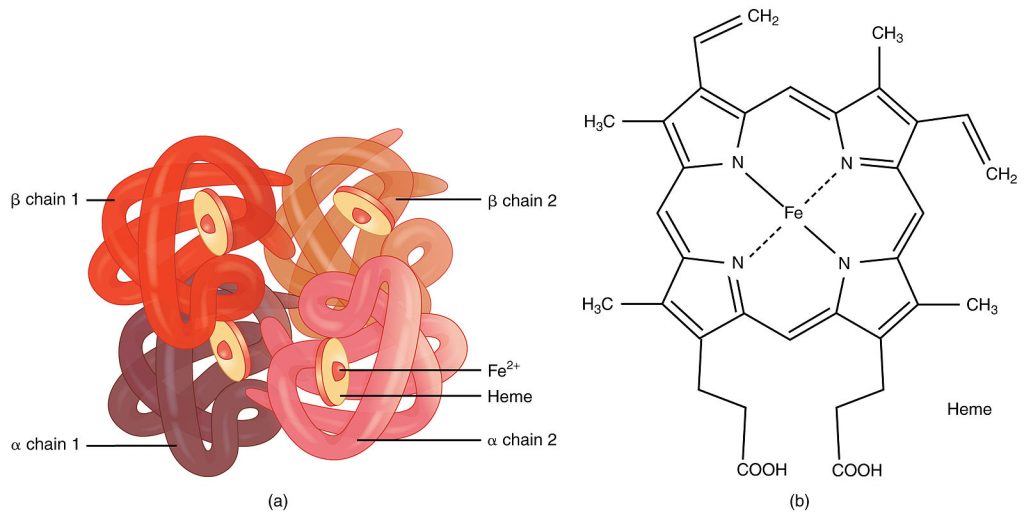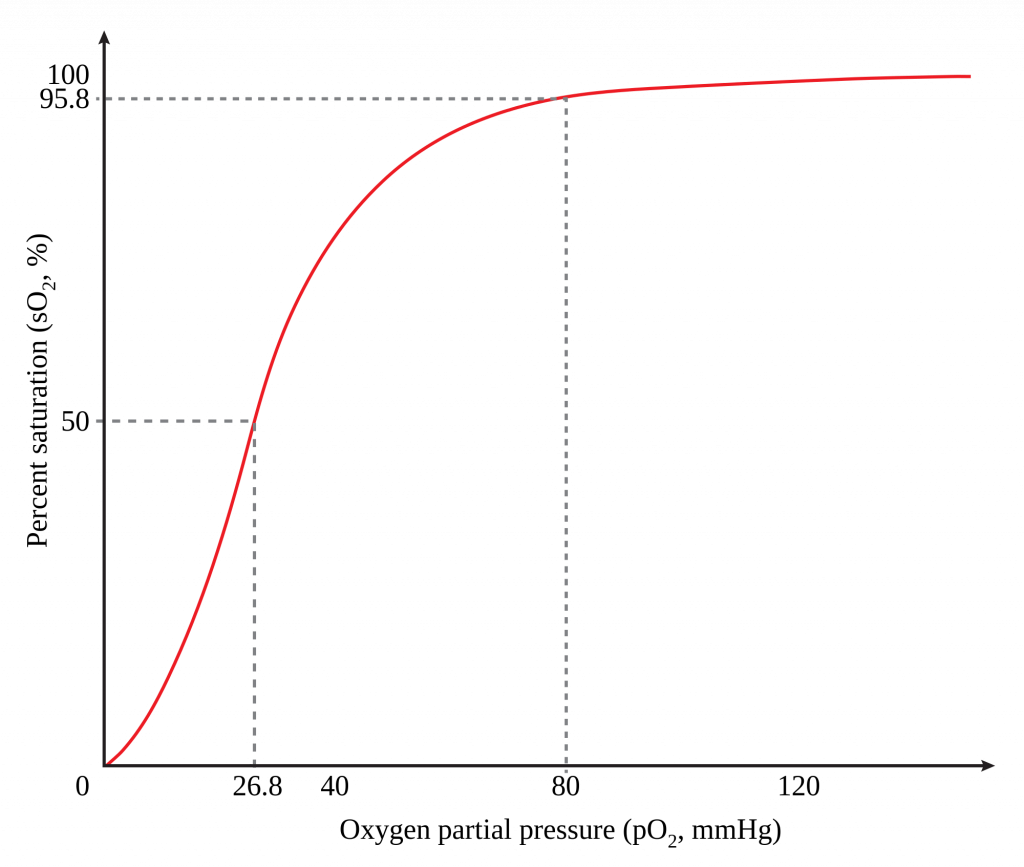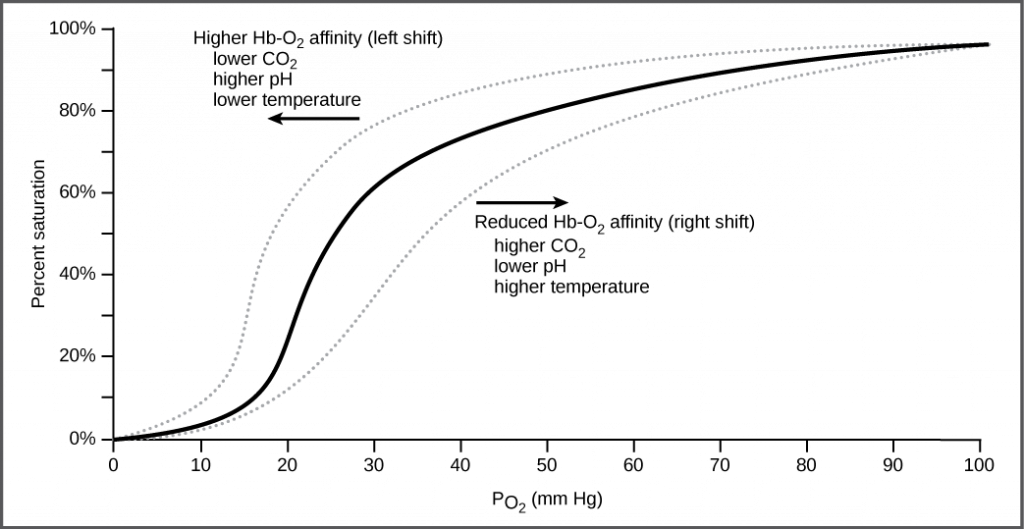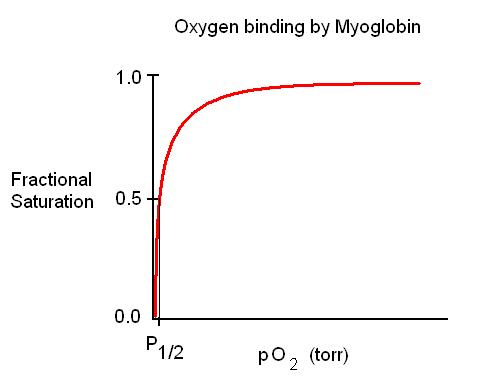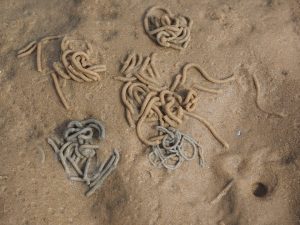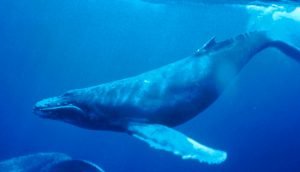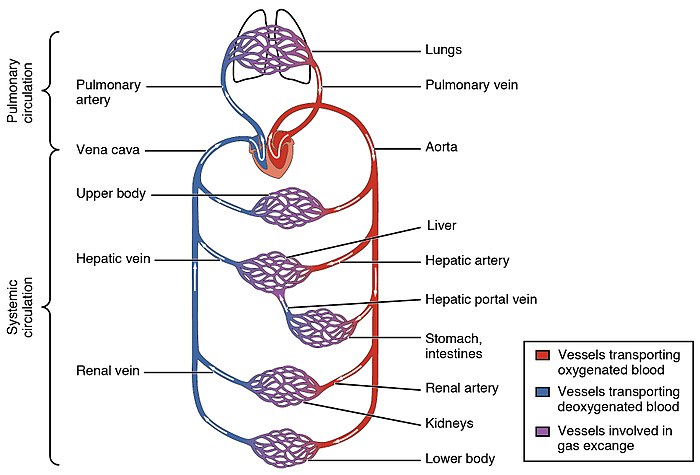Contents
Mass Transport in Animals
Haemoglobin
Haemoglobin is a protein with a quaternary structure, briefly mentioned in Topic 1. Haemoglobins are a group of proteins, and different forms are found in different organisms. The role of haemoglobin and red blood cells is to transport oxygen.
The loading, transport, and unloading of oxygen varies in different conditions and for the different forms of haemoglobin, and this can be presented on an oxyhaemoglobin dissociation curve.
The affinity haemoglobin has for oxygen changes depending on how many oxygen molecules are already associated with it. Haemoglobin can associate with or load four oxygen molecules, and as each molecule binds, the shape of haemoglobin changes, making the binding of further oxygen molecules easier. Therefore, in areas with a high partial pressure of oxygen, meaning a high concentration, the affinity of haemoglobin for oxygen is high, and it loads more oxygen. In humans, the alveoli have a high partial pressure of oxygen, and therefore haemoglobin will readily load with oxygen here.
A high partial pressure of carbon dioxide results in a reduced affinity for oxygen, and the haemoglobin will more readily unload oxygen. This is known as the Bohr effect. When carbon dioxide dissolves, carbonic acid forms, and this decrease in pH changes the shape of haemoglobin slightly, which is why the affinity for oxygen decreases. In respiring tissues, there will be a high partial pressure of carbon dioxide, and therefore the oxygen dissociates from the haemoglobin. This is advantageous, as the haemoglobin delivers the oxygen to the site of respiring cells so that aerobic respiration can continue.
Many animals are adapted to their environment by possessing different types of haemoglobin with different oxygen transport properties. Animals like lugworms, whales, and even human foetuses have myoglobin. Myoglobin has a very high affinity for oxygen, even at very low partial pressures. Therefore, it acts like an oxygen store, holding on to oxygen and not dissociating until nearly all oxygen has been used up in cells.
Circulatory System in Mammals
You need to have knowledge of the coronary arteries, the blood vessels entering and leaving the heart, lungs, and kidneys. Some of these can be seen below in the diagram of the mammalian double circulatory system.
Human Heart
The diagram shows the key structures of the human heart. Required practical 5 is a dissection, so you could be asked about dissecting the human heart. You would need to wear gloves for hygiene and use a sharp scalpel to cut the cardiac tissue to then see the inside of the heart, such as the valves and tendons.

